Mertensia virginica
Mertensia virginica Virginia bluebells
Virginia bluebells are graceful, herbaceous perennials with lush foliage and upright to slightly arching stems. As a spring ephemeral, they emerge with the warmth of early spring, adorning woodlands and streambanks with their delicate blooms before retreating into dormancy by mid-summer. These charming wildflowers often grow in compact clusters or form vibrant colonies along gentle slopes and waterways, reaching heights of up to 2 feet.
The foliage is initially purple and turns green very quickly. The leaves are oval, smooth, bluish-green to grayish-green, strongly veined and 2 to 8 inches long. The stems are succulent and smooth, supporting elegant, nodding flowers that begin as soft pink buds before maturing into delicate, pendulous blue bells with a light fragrance.
Habitat & Range
Frequent on rich wooded slopes and forested floodplains. Prefers part to full shade and moist, well-drained soils.
Found in most of the state except on the highest elevations.
Range: Eastern Canada and Central and Eastern North America.
| EMP: | FACW |
|---|---|
| NCNE: | FAC |
Phenology
Flowers mid April to mid May. Blooming lasts for about 3 weeks.
Characteristics
Inflorescence bractless, terminal cyme
Flowers blue, pink or white, on short slender stalks; radially symmetrical; corolla tube elongate, expanded at end but barely lobed; 5 stamens and long, slender style inside the tube; 5 short sepals around the tube; ¾ to 1″ long
Leaves simple, alternate, leaf blade entire; upper leaves nearly sessile, obovate to oblanceolate; lower leaves long-tapering at the base; 2 to 8 inches long
Stems erect or ascending, glabrous; green and purplish near base
Fruit 4-lobed schizocarp with one nutlet per lobe; nutlets dark brown, ovoid, slightly wrinkled
Height 1.5 to 2 feet
Plant Codes
S-rank: S5 (Secure)
G-rank: G5 (Secure)
Medicinal Qualities
The Cherokee used the plant to treat whooping cough and tuberculosis. Other Native American tribes used it as a pulmonary aid and a venereal treatment
Ecology
The flowers are cross-pollinated by long-tongued bees primarily, including honeybees, bumblebees, Anthophorid bees and mason bees. These insects obtain nectar and/or collect pollen. Other visitors of the flowers include the Giant Bee Fly, butterflies, skippers, and Sphinx moths, including a hummingbird moth. This group of visitors suck nectar from the flowers. Halictid bees and Syrphid flies sometimes visit the flowers, but they are too small in size to be effective pollinators.
Deer browse on the foliage occasionally during the spring. When this plant forms large colonies, it provides protective cover for many kinds of wildlife during the spring.
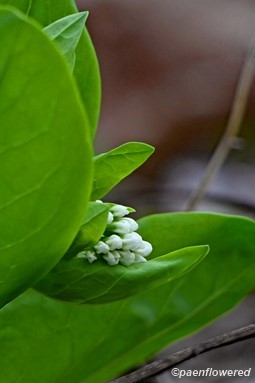
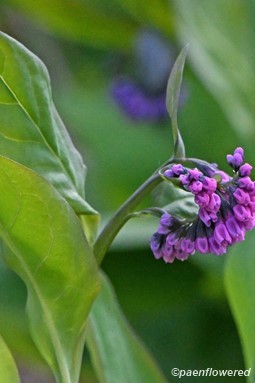
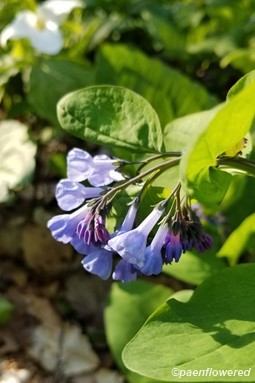
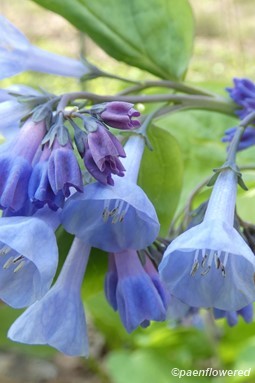
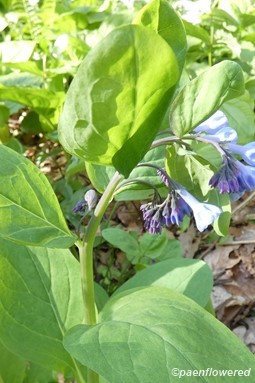
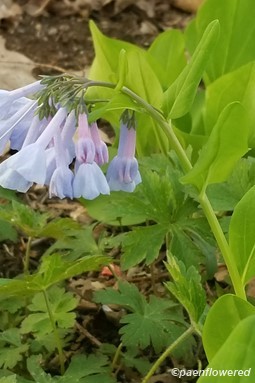
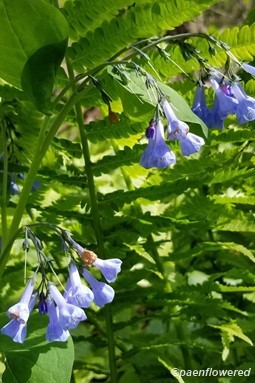
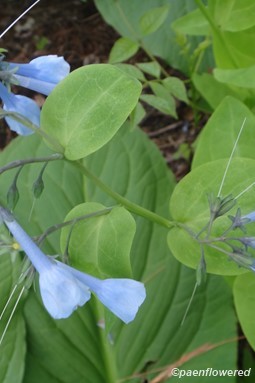

Comments
Have you spotted this plant in your area? We'd love to hear about your experience! Share your comments or questions about the plant below. Comments are moderated before posting.